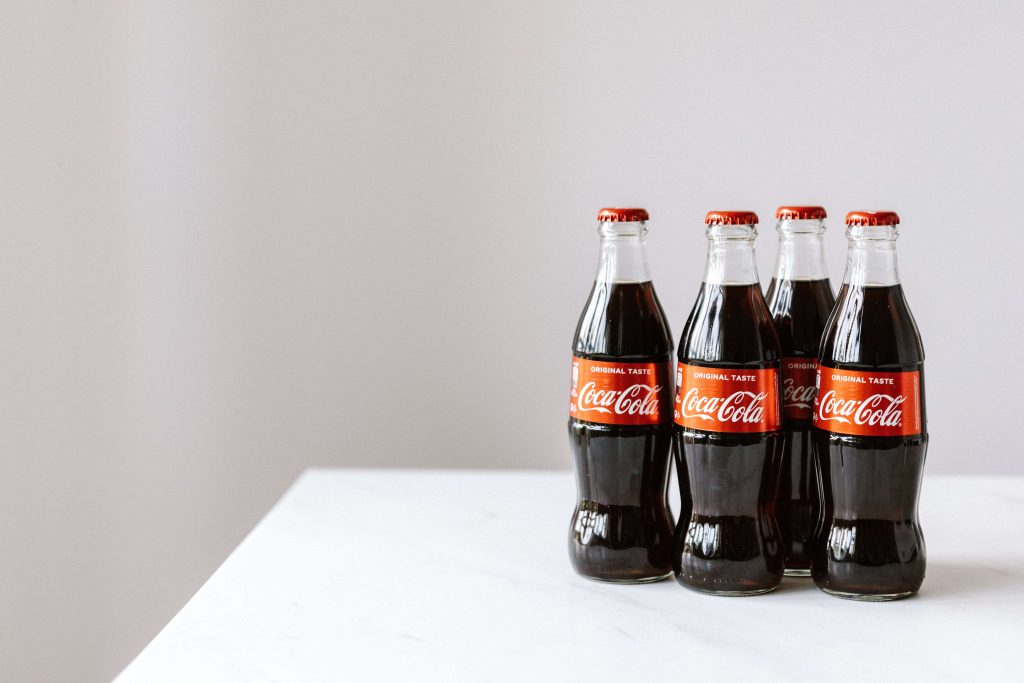
Logo – one of the essential elements of graphic design (part 2)
In a previous blog article, we looked at a very important representative symbol that is created with the help of graphic design – the logo. We have briefly discussed what it is, its types, and its importance. We discovered that this is not just a simple picture, but a visualization of an idea that represents the brand. That is why it is a very important symbol, and every company should choose the type that suits them best.
Since the topic of logos is very broad, today we will extend it and take a deeper look at the most important principles of its design and what you should pay attention to when choosing/creating one. We will also find out if it is important to rebrand it.
The most important principles of logo design
As we have seen, there are different types of logos, so it would be impossible to name their structure exactly. However, several elements or principles can be identified that are very important to all logos. We suggest following these simple principles of logo design:
- Simplicity. It’s not for nothing that they say less is more – it’s true in most cases. The logo must not be overloaded with unnecessary details, that is, it should be quite simple, but clearly show what you want to say. Logos are used on cars, windows, blanks, branded attributes, and many other surfaces, so small details can blur;
- Memorability and originality. Nevertheless, you should find a balance between simplicity and originality, because only original logos are memorable (especially if the business is new). Don’t try to copy competitors’ logos because it’s not original and unique. People remember simple logos that have something unique and unseen;
- Longevity. Of course, the logo can be rebranded and partially changed. But these should not be fundamental changes, so when creating a logo, always think about classic options that do not go out of fashion;
- Proportions and symmetry. Have you noticed that in a good logo, all the details are proportional and symmetrical? They complement each other, not overshadow each other. Try to keep the image symmetrical;
- Suitable range of colors. Choosing the right colors has a big impact on the overall message of the logo. Your logo should use colors that reflect your business. For example, blue expresses honesty and reliability, green – balance, health, and knowledge, red – love and passion, yellow – adventure, joy, and enthusiasm, white – order.
How to create the right one?
Logo creation is a difficult task, both from the client’s and the graphic designer’s side. The most important thing is clear and two-way communication so that the professional can find the most suitable solution. Following the above principles, a really good logo can be created, but it is useful to know what exactly the client and the graphic designer should do:
- Client: a client should clearly state his wishes and goals, that is, what is the desired result. Since no one can do it better than you, discuss your target audiences, desired colors, shapes, vision, and similar;
- Graphic Designer: a graphic designer should try to understand the client’s wishes, analyze competitor logos, coordinate colors, and create a few proposals for the client to choose from.
Do you need to rebrand a logo?
Logo rebranding is an action that involves adding new elements or changing old ones, updating colors or fonts. This may be a necessary step because, while logos are meant to last, the truth is that most of them age. Therefore, a logo is said to have a lifespan of 5 to 10 years. So, in most cases, a logo update is desirable.
And when is it necessary to do this? If your company changes its name or the nature of its activity, rebranding the logo is mandatory. But, even without big changes, logo rebranding can show that you care about your company’s image, you want to become more modern and remind of yourself.
